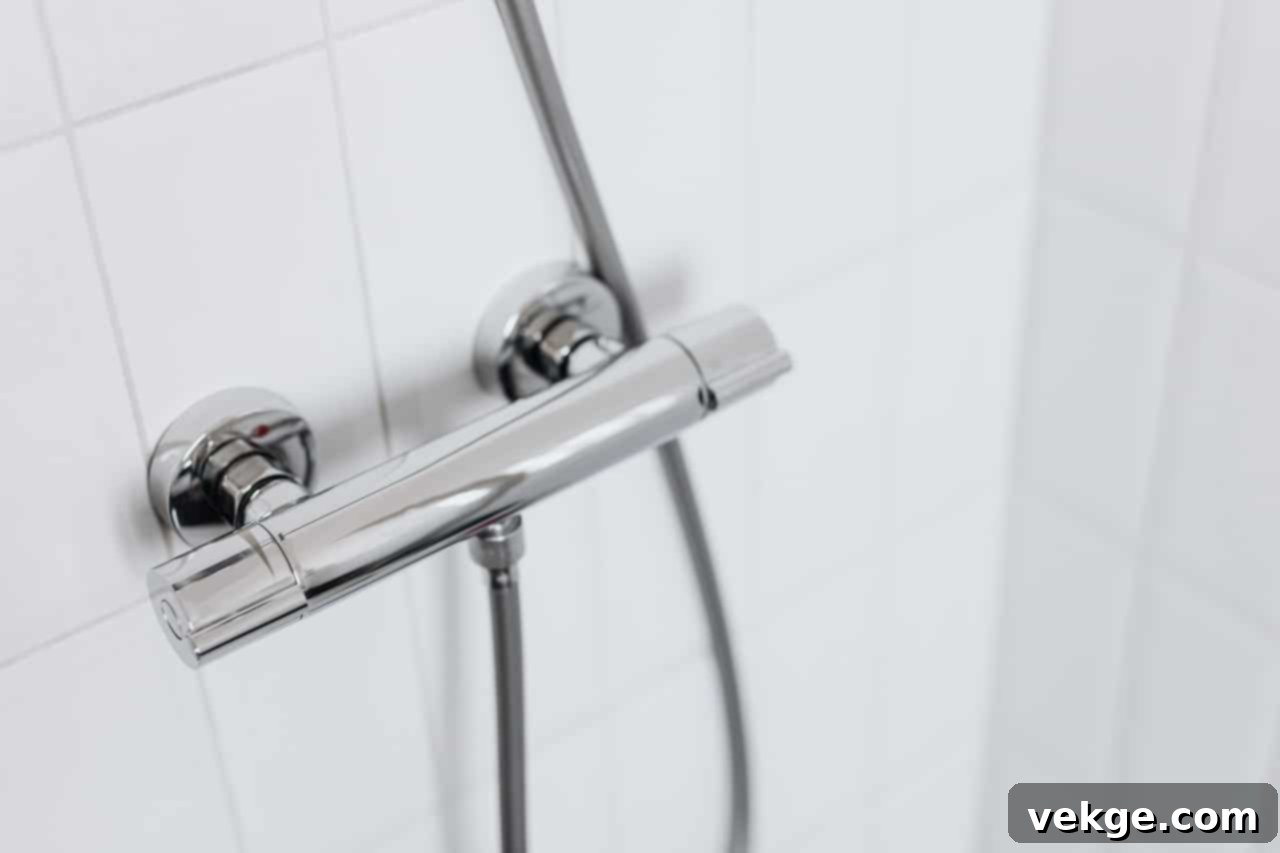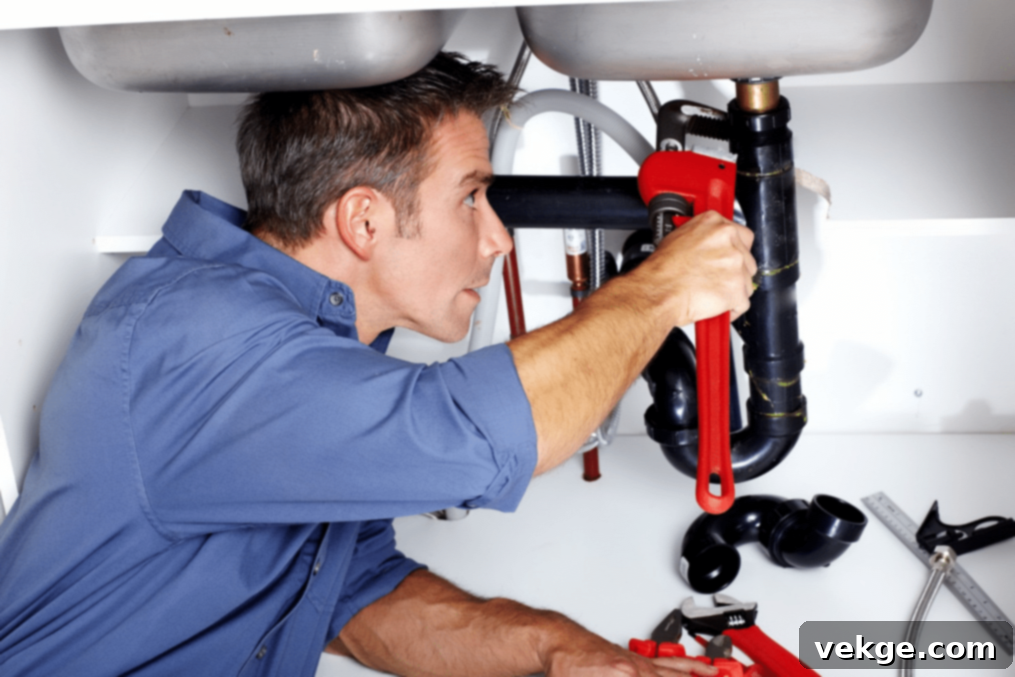Essential Water Conservation Tips: Save Water, Save Money & Protect the Planet
Even though approximately seventy percent of our planet is covered by water, this vital resource remains the most precious and increasingly scarce commodity we possess. While many regions may still boast abundant supplies of this “elixir of life,” a global shift in focus towards water conservation is rapidly gaining momentum. This heightened awareness stems from a critical reality: the amount of readily available, drinkable fresh water is finite and steadily diminishing, largely due to factors like climate change, pollution, and growing populations.
You might be wondering why individual water conservation efforts truly matter. The answer is multifaceted, impacting everything from your personal finances to global environmental health. For starters, reducing your water consumption directly translates into lower utility bills, putting more money back in your pocket. Beyond the economic benefits, conserving water significantly helps in decreasing pollution in local environments. This means cleaner rivers, lakes, and oceans, supporting healthier ecosystems and biodiversity. Ultimately, we all aspire to live in a clean, sustainable society, and prudent water usage is a cornerstone of achieving that goal. For more insights into water-saving initiatives, you can explore resources like Water Saving Week 2020: Adapting to COVID-19.
Furthermore, responsible water management at home can dramatically extend the lifespan of your plumbing systems. By reducing the overall strain, you can decrease the frequency of leaks, prevent common blockages, and improve soil saturation around your home, which is crucial for foundation stability and landscape health. Neglecting these aspects can lead to overloaded sewer systems, where untreated sewage could back up into homes, flood streets, or further contaminate natural waterways. Many communities have successfully avoided expensive infrastructure expansions to their plumbing systems simply by excelling at water conservation. You too can make a significant difference. Here are some practical tips to help you get started on your journey towards a more water-efficient home. For professional assistance or more information, consider reaching out to local experts like Cape Plumbing in Pompano Beach.
Maximize Toilet Efficiency: The Tank Bottle Trick and Beyond
Standard toilets effectively perform their primary function, but their water efficiency can often be dramatically improved. A single flush of an older, conventional toilet can use anywhere from five to seven gallons of water. This is a substantial amount, especially when you consider that the same task can often be accomplished with just three gallons, effectively saving nearly half of the tank’s contents per flush. Implementing a simple, cost-effective DIY project can lead to significant water savings and reduced bills over the years.
To reduce water usage per flush, take a few empty plastic bottles (e.g., half-liter water bottles). Fill them partially with sand or pebbles to weigh them down, then top them off with water. Carefully place these weighted bottles inside your toilet tank, ensuring they do not interfere with the flushing mechanism or any moving parts. These bottles displace water, meaning less water will fill the tank, and consequently, less water will be used with each flush. This simple modification can save thousands of gallons annually. For even greater savings, consider upgrading to a modern low-flow or dual-flush toilet, which are designed to use far less water from the outset.
Mindful Bathroom Practices: Elevating Your Daily Routine

For many, the bathroom is a sanctuary, a place to unwind and cleanse after a long day. A long, hot bath or an extended shower can indeed be therapeutic. However, it’s crucial to adopt mindful practices to prevent unnecessary water waste and plumbing issues. A common oversight is neglecting to maintain the bathtub or shower drain after use. We often lose a significant amount of hair while shampooing or washing, and this accumulation is the quickest route to a stubborn clog or complete blockage. Installing a simple hair screen over your drain is an easy and effective way to prevent hair from entering your pipes. Additionally, be mindful of the types and quantities of oils and high-density shampoos you use, as these can contribute to residue buildup in pipes.
When it comes to showering, aim to reduce your shower time. Even shaving a minute or two off your daily shower can save hundreds of gallons per year. Consider turning off the water while you lather up or apply conditioner, then turning it back on to rinse. If you have a larger family and multiple people wish to shower consecutively, it’s beneficial to allow about ten minutes between showers for water pressure to stabilize and for the hot water heater to recover. This not only ensures a better experience for everyone but also reduces the stress on your entire plumbing system and water heater. Moreover, many bathroom products contain chemicals and oils that, when washed down the drain, can adhere to pipes over time, causing damage and contributing to environmental pollution. Dispose of harsh chemicals properly, not down the drain.
Cultivating Water-Saving Habits: The Power of Leak Detection
True change often begins with individual action. While many of us express concern for global issues like rainforest deforestation or climate change, the impact of a single, unnoticed leak in your home can be surprisingly significant over time. Statistics reveal that small, undetected leaks are responsible for wasting over a trillion gallons of water annually in the United States alone. When extrapolated globally, this figure becomes almost incomprehensible. The good news is that detecting leaks doesn’t have to be difficult; it simply requires a bit of attention and routine inspection.
There are a few common culprits when it comes to household leaks. Make it a habit to check these areas at least once a month:
- Faucets: Look for drips from the spout or leaks around the base.
- Toilets: A silent toilet leak can be a major water waster. Add a few drops of food coloring to your toilet tank. If, after 10-15 minutes, the color appears in the bowl without flushing, you have a leak.
- Showerheads: Check for persistent drips after turning off the water.
- Under Sinks: Inspect the piping and connections beneath all sinks for any signs of moisture or drips.
- Appliances: Check the connections for dishwashers, washing machines, and water heaters.
- Exposed Pipes: Look for corrosion or small trickles, especially in basements or utility rooms.
Many of these common problems can be easily fixed by tightening loose connections, replacing worn-out washers, or installing new, water-efficient fixtures. Proactive detection and repair not only save water and money but also prevent more significant water damage and costly repairs in the future.
Seasonal Water Management: Preparing for Fall and Winter
Fall is a season of beautiful transformation, but it also brings changes in weather that necessitate specific water conservation measures. With increased rainfall and dropping temperatures, proper preparation of your outdoor plumbing is crucial to prevent potential damage and waste. Before freezing temperatures set in, ensure all outdoor hoses are disconnected, drained, and stored indoors or in a protected area. Leaving hoses connected can lead to water freezing inside them, expanding, and potentially bursting both the hose and the spigot. Similarly, make sure there are no outdoor drips from faucets or irrigation systems, as these can freeze, create hazardous ice patches, and damage pipes.
If you have an irrigation system, it’s vital to properly winterize it by blowing out the lines with compressed air to remove all water. This prevents pipes from freezing and cracking, which can lead to extensive leaks and costly repairs in the spring. Consider installing rain barrels during the warmer months to capture rainwater for use on garden plants or for other non-potable outdoor tasks, reducing your reliance on municipal water supplies. These simple seasonal adjustments can safeguard your plumbing and contribute significantly to overall water conservation efforts.
Optimizing Your Water Heater for Efficiency and Longevity
As temperatures drop, heating water becomes more energy-intensive – a fundamental principle of thermodynamics. To ensure your water heater operates efficiently and reliably throughout the colder months, a few maintenance steps can make a big difference. While some experts recommend setting your thermostat at 130 degrees Fahrenheit for optimal performance and hot water availability, a setting of 120 degrees Fahrenheit is often sufficient for most households and can save energy, reduce utility costs, and minimize the risk of scalding. Adjust your setting based on your household’s specific needs, but avoid excessively high temperatures.
Regular maintenance is key to prolonging your water heater’s life and efficiency. Every few months, consider flushing your water heater to remove sediment buildup. Over time, minerals in the water can accumulate at the bottom of the tank, creating an insulating layer that forces the heater to work harder and less efficiently. To flush, first turn off the power or gas supply to the heater, then close the cold water inlet valve. Attach a hose to the drain valve at the bottom of the tank and direct it to a floor drain or outside. Open the drain valve and allow the tank to empty completely. Once drained, open the cold water inlet slightly to stir up any remaining sediment, then close it and allow the tank to drain again until the water runs clear. Close the drain valve, open the cold water inlet fully, and allow the tank to refill before restoring power/gas. This process helps prevent corrosion and maintains efficiency.
Finally, periodically test the pressure relief valve to ensure it’s functioning correctly, which is vital for safety. However, if your water heater is more than five years old, or if you are uncomfortable performing these maintenance tasks yourself, it is strongly recommended to call a team of experienced plumbing professionals. They can safely conduct inspections, maintenance, and necessary repairs, ensuring your water heater operates safely and efficiently for years to come without encountering unforeseen problems.
Beyond the Bathroom: Water Saving in the Kitchen and Laundry
Water conservation extends well beyond the bathroom. The kitchen and laundry room are two other areas in your home where significant water savings can be achieved with minor adjustments to your daily routines. In the kitchen, when washing dishes by hand, avoid letting the water run continuously. Instead, fill one basin with wash water and another with rinse water. For dishwashers, always run full loads to maximize efficiency, and scrape plates clean instead of pre-rinsing them under running water, as modern dishwashers are designed to handle food particles effectively. When preparing food, such as washing vegetables, collect the water in a basin and reuse it to water your houseplants or garden.
In the laundry room, similar principles apply. Always aim to run full loads of laundry. If you must wash a smaller load, ensure your washing machine has a “small load” or “water level” setting that you can adjust. Opt for cold water washing whenever possible, as this not only saves water but also significantly reduces the energy required to heat the water. If you’re in the market for a new appliance, consider investing in a high-efficiency washing machine, which uses considerably less water and energy than older models. These simple changes in the kitchen and laundry can collectively save thousands of gallons of water annually, contributing to both a healthier environment and lower utility bills.
Embracing water conservation is a commitment to a more sustainable future. By implementing these practical tips in your daily life, you’ll not only save money and protect your home’s plumbing but also play a crucial role in safeguarding our planet’s most precious resource for generations to come. Every drop saved makes a difference.
